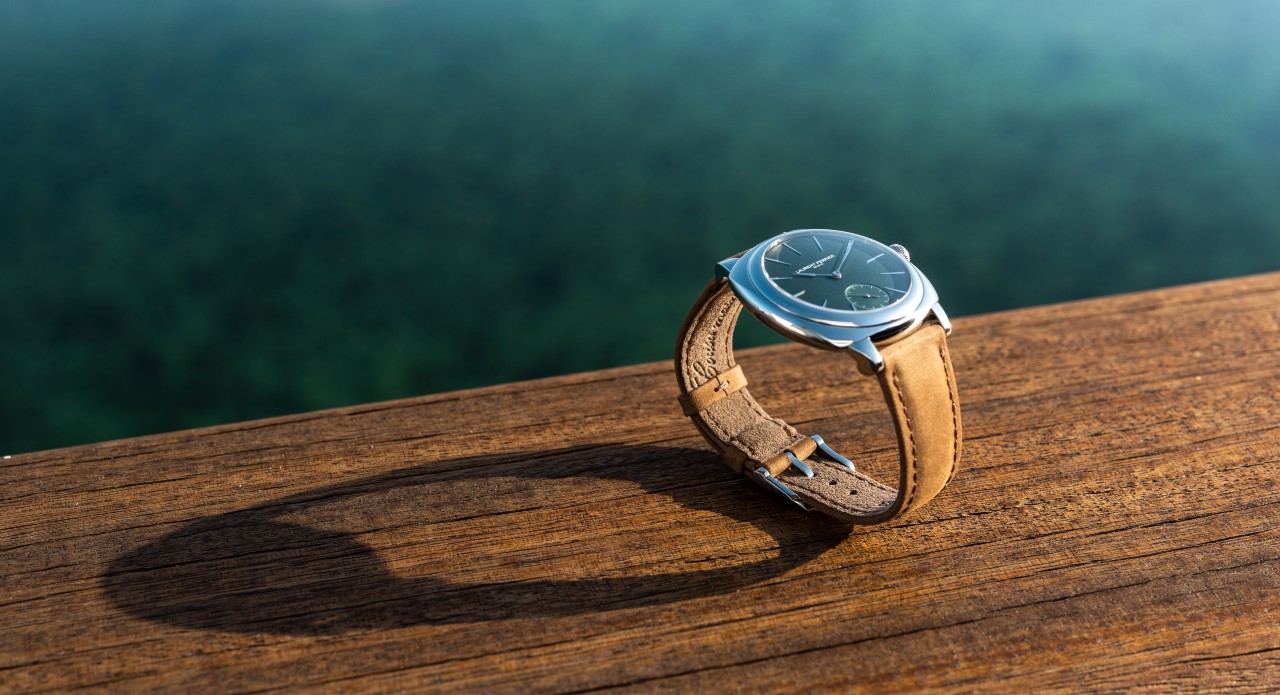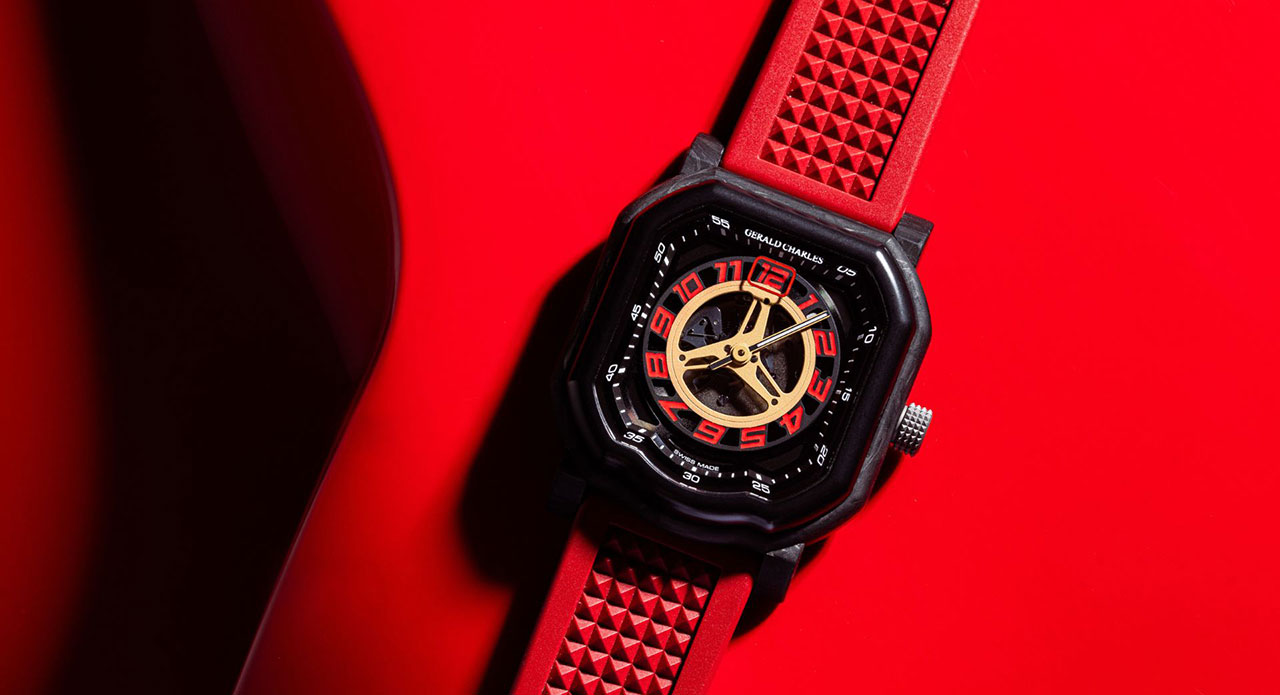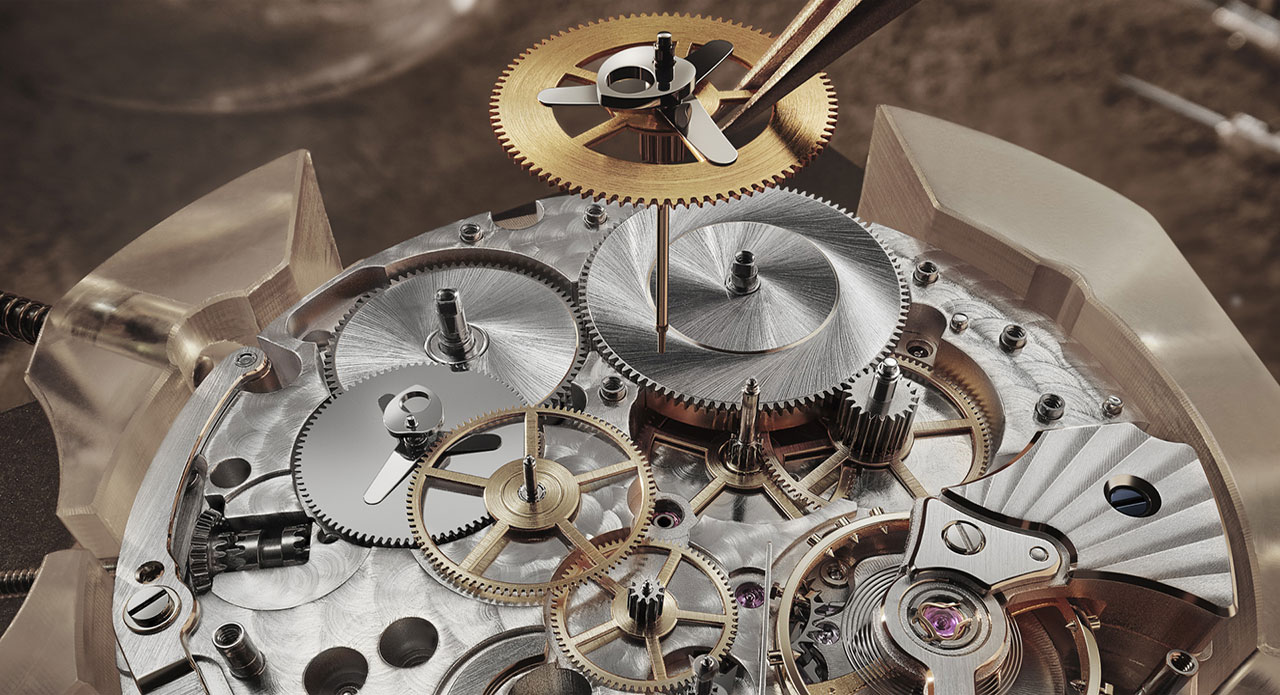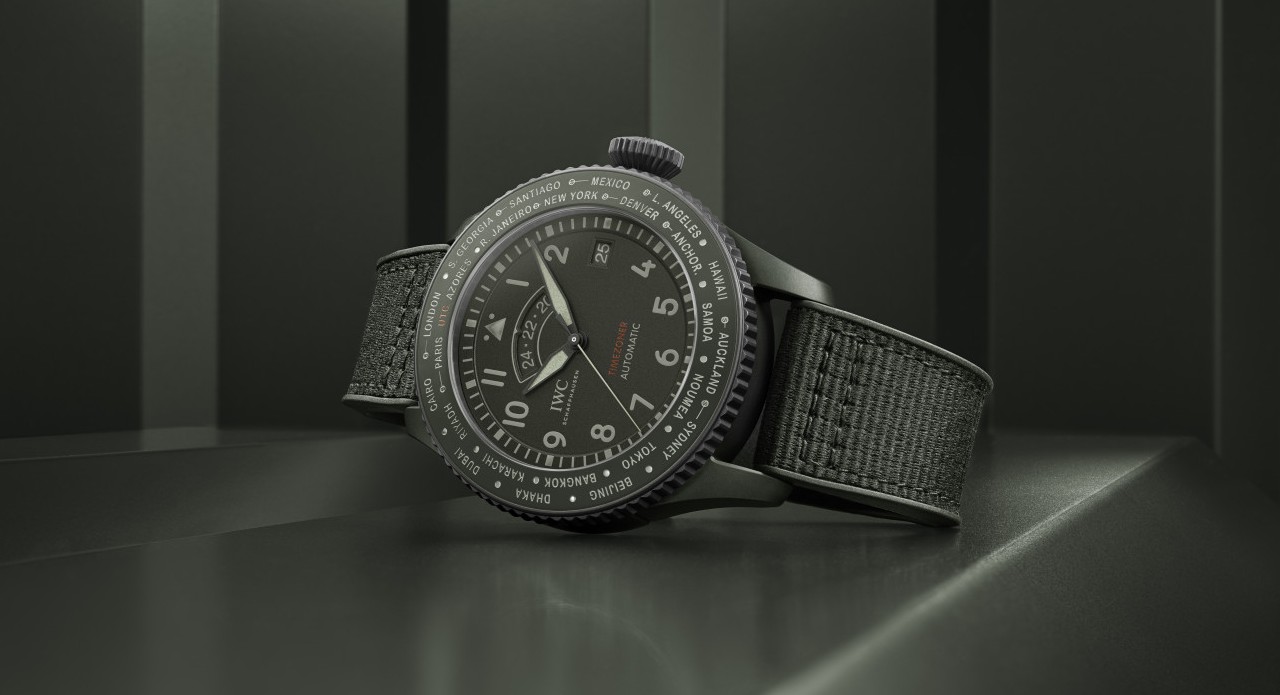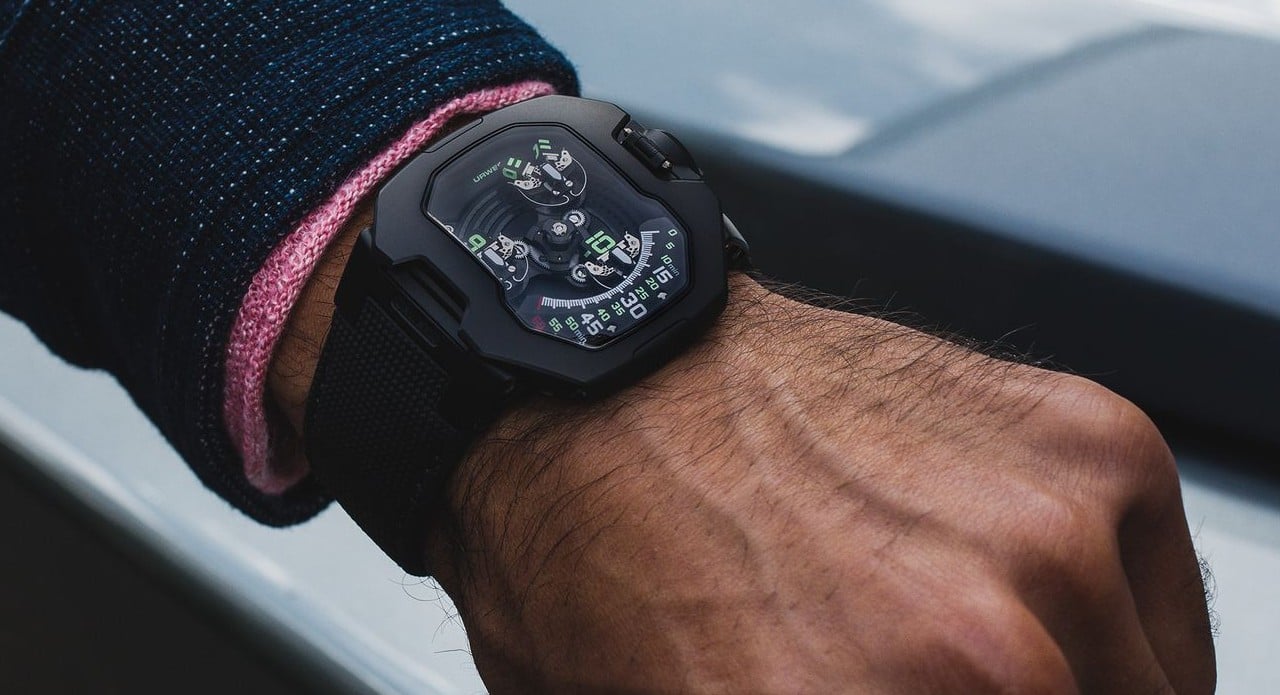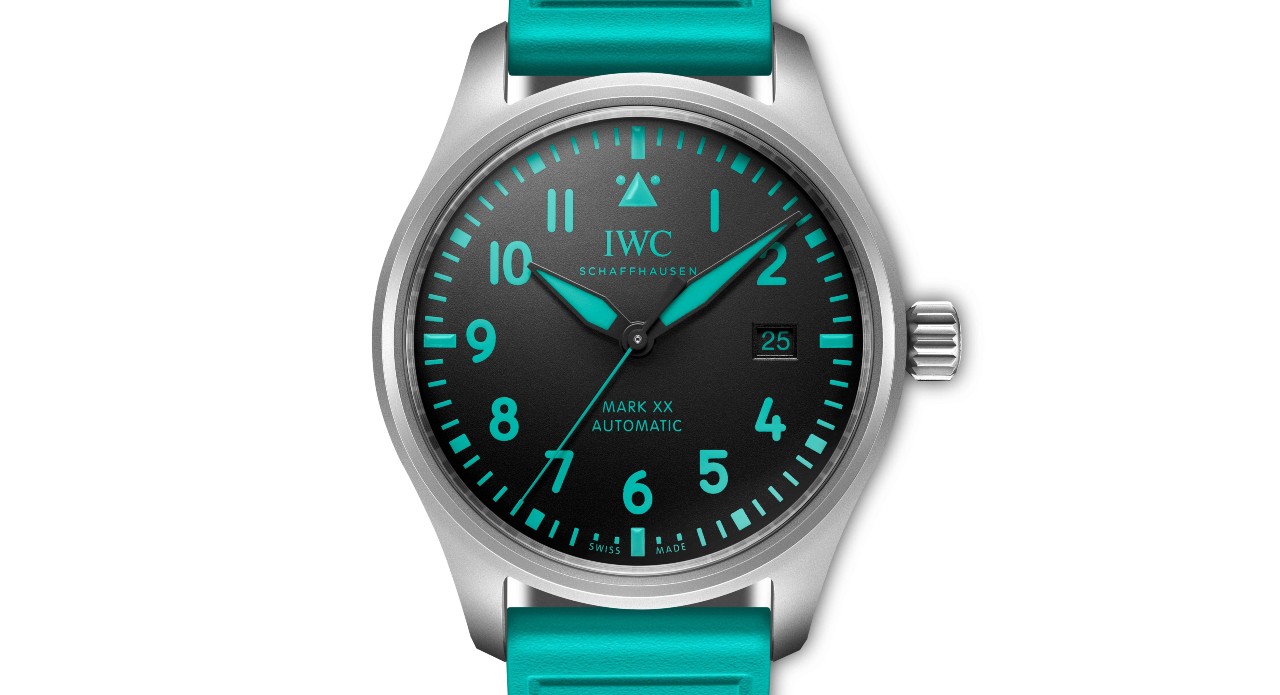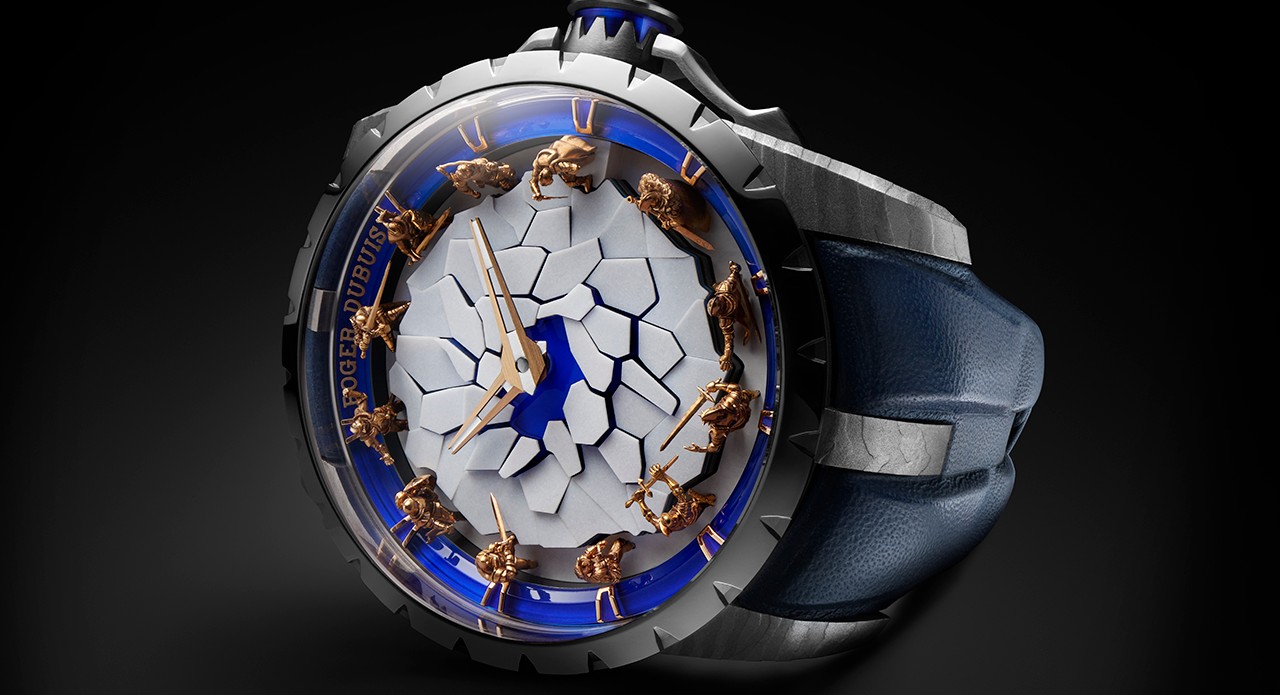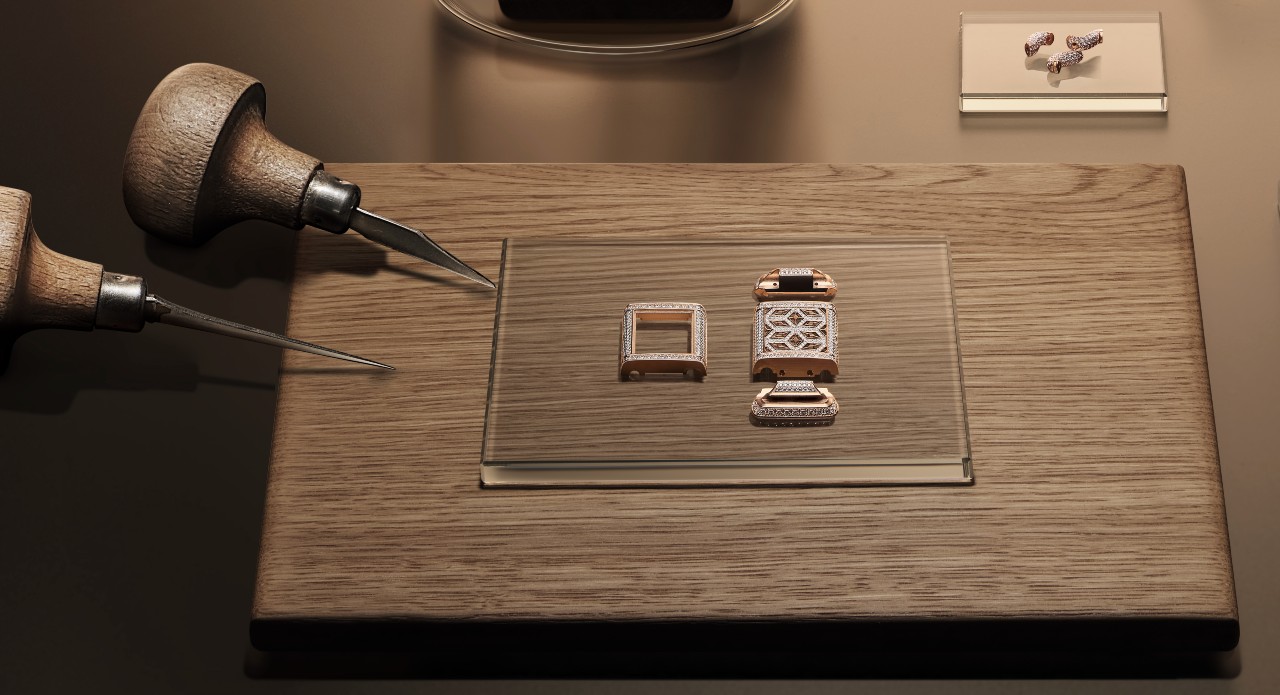In the world of luxury watchmaking, a timepiece is defined not only by its movement but also by the silhouette that frames it. Case shapes are the quiet storytellers of horology, where every curve, edge and proportion reveals something about the era it represents and the character it brings to the wrist. The round case remains a timeless classic that reflects harmony and tradition. The square shape conveys a sense of modernism and bold precision, while the tonneau case speaks of elegance with a hint of daring flair. Among these distinguished forms, the cushion case occupies a graceful middle ground. It blends the softness of curved edges with the strength of structured lines, creating a shape that feels both familiar and distinctive. Once admired by early twentieth century icons and celebrated in military timepieces, the cushion case has returned to contemporary collections with quiet confidence. It bridges heritage and modernity with ease and has become a refined symbol of lasting style for collectors who value thoughtful design and enduring appeal.
History
The history of the cushion case is deeply intertwined with the evolution of early twentieth century watch design and the artistic movements that shaped the era. Emerging prominently in the 1910s and 1920s, the cushion shape offered a fresh alternative to the traditional round pocket watch cases that were being adapted for the wrist. Its softly rounded square form mirrored the spirit of transition that defined the period, balancing classic elegance with a more progressive aesthetic. As the Art Deco era took hold, the cushion case became a natural canvas for this new design language.
Art Deco celebrated geometry, symmetry and refined ornamentation, and the cushion shape reflected these ideals with its harmonious blend of curves and structure. Many pioneering wristwatches of the time embraced the cushion case, pairing it with ornate dials, intricate engravings and bold numerals that captured the glamour of the Roaring Twenties. Beyond its decorative appeal, the shape also offered practical advantages, sitting comfortably on the wrist while maintaining a commanding presence. Its association with the Art Deco era cemented the cushion case as a symbol of sophisticated style, and that legacy continues to inform contemporary interpretations today.
What Is Cushion Shape?
Cushion-shaped watches are distinguished by their unusual rounded square casings, which provide a comfortable, pillow-like form that fits pleasantly on the wrist. The subtle curves of the corners soften the geometric construction, giving the watch a sophisticated but distinct appearance. This style strikes the ideal blend of aggressiveness and sophistication, making it suitable for both casual and formal use. The cushion case’s harmonic proportions and delicate lines offer character and timeless charm to any timepiece, making it a choice among watch aficionados who value striking and graceful design.
Favre Leuba Chief Skeleton
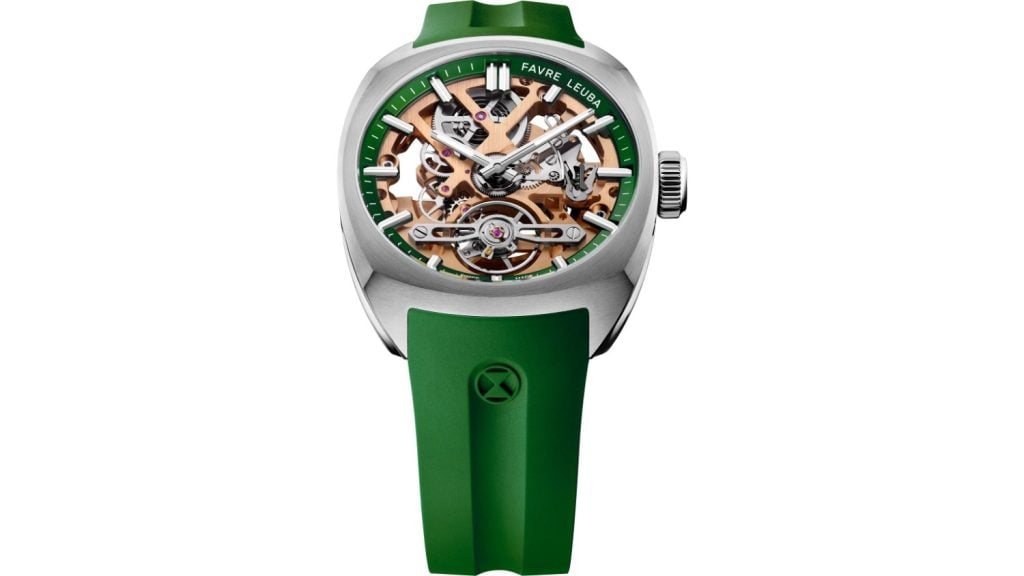
This 40mm cushion-shaped watch gets a stainless steel case, lugs, polished bezel, and a crown at 3 o’clock. The skeleton dial gets a green minute track on the outer periphery with rhodium-plated hour markers with SuperLuminova, rhodium-plated hour,, and minute hands with SuperLuminova. There is a semi-exposed mainspring barrel at 12 o’clock and a balance wheel at 6 o’clock. Powering the watch is calibre FLS01 with a 41-hour power reserve.
Laurent Ferrier Square Micro-Rotor Evergreen
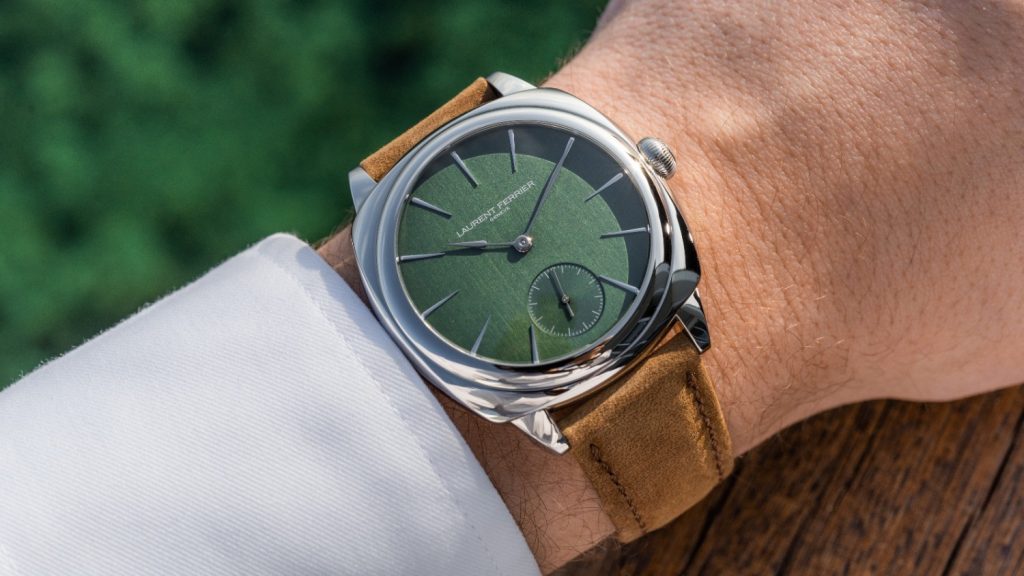
This 40mm cushion-shaped watch gets a stainless steel case, lugs, polished bezel, and a ball-shaped winding crown at 3 o’clock. The deep green dial gets 18k white gold hour, and minute hands and sub-dial at 6 o’clock with baton type second hand with drop-shaped 18k white gold hour markers. Powering the watch is calibre FBN 229.01 calibre, a self-winding movement with a ratchet-type unidirectional micro-rotor, and a silicon escapement with dual impulse direct to the balance wheel offering a 72-hour power reserve.
H. Moser & Cie. The Streamliner Chronograph
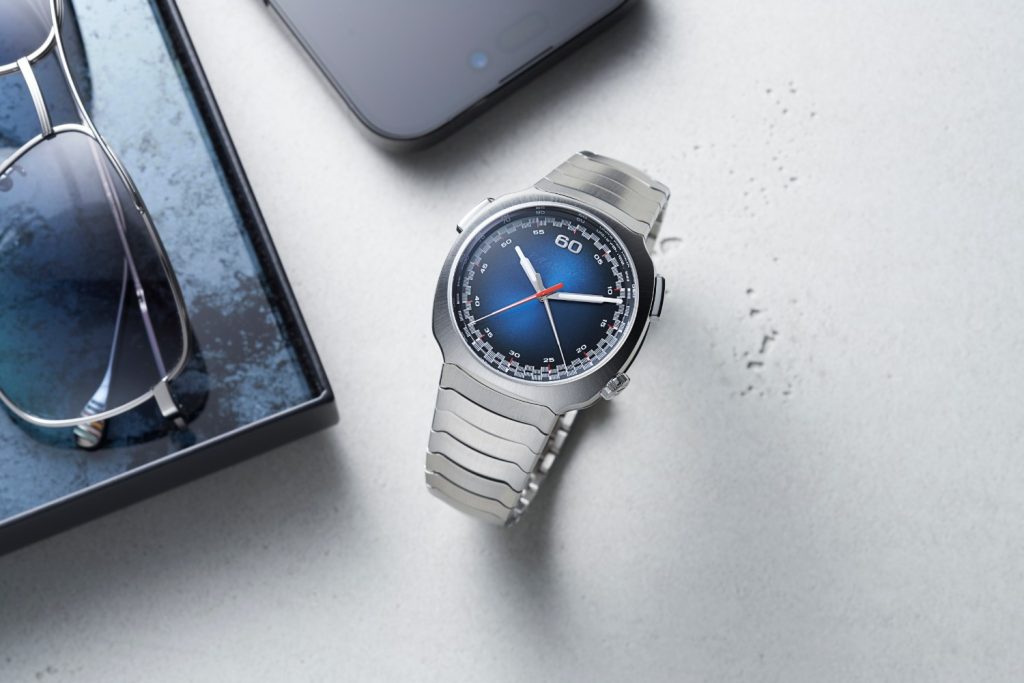
This timepiece has a 42.3 mm, cushion shaped case, an offcentre crown at 4 o’clock, adorned with an “M” with two push-buttons located at 10 o’clock and 2 o’clock. Around the edge of the Funky Blue dial, the red and white outer track measures the seconds while the inner track counts the minutes. H.Moser & Cie. has opted for a red second’s hand, while the minute hand is rhodium-plated. The manufacture has chosen three-dimensional curved hands to indicate the hours and minutes, formed of two sections and featuring inserts made from Globolight. Powering the watch is calibre HMC 902 developed with AGENHOR,a self-winding movement with bi-directional winding, a tungsten oscillating weight offering a 54-hour power reserve.
Panerai Luminor Luna Rossa
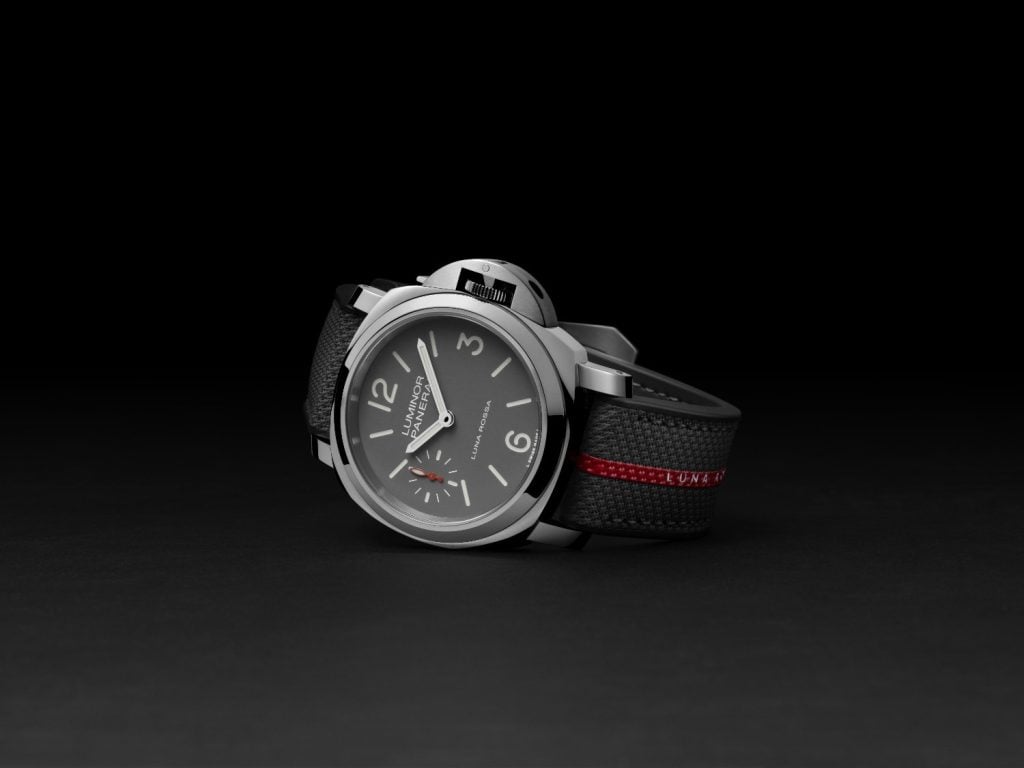
This 44mm cushion-shaped watch gets a stainless steel case, lugs, polished bezel, and a crown at 3 o’clock with a protector. The grey sandwich dial gets Arabic 12 o’clock, 3 o’clock, 6 o’clock, and a small second sub-dial at 9 o’clock. The timepiece is powered by the P.6000 calibre, a hand-wound movement with a 72-hour power reserve. A traversing balance bridge that securely positions the oscillator enhances the movement’s stability and precision. Additionally, the P.6000 includes a stop-second function, which halts the balance wheel and seconds hand when the winding crown is pulled out, allowing for precise time adjustments.
Piaget Polo Perpetual Calendar Obsidian
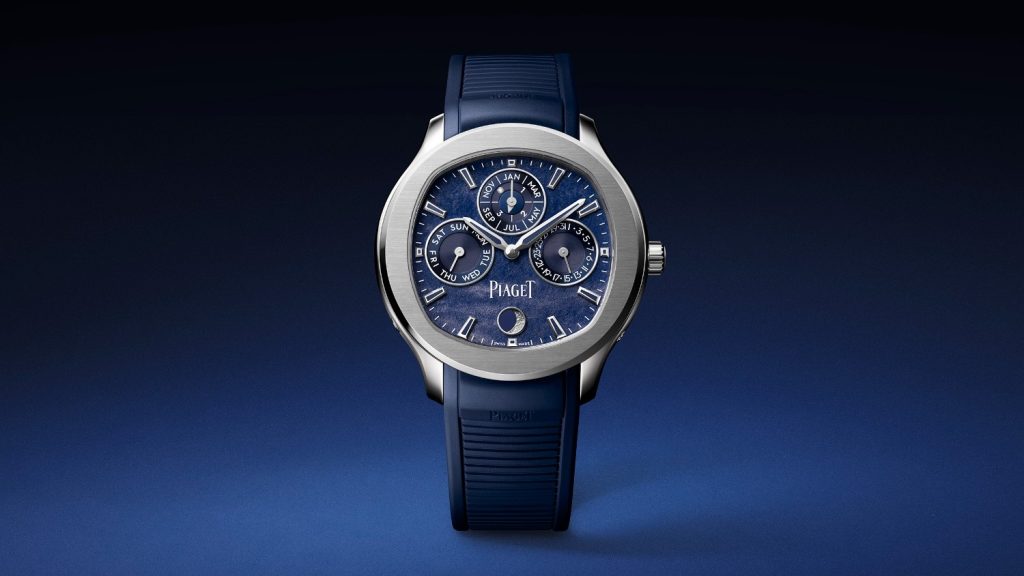
This 42mm cushion-shaped watch gets an 18k white gold steel case, lugs, polished bezel, and a crown at 3 o’clock. There is a blue obsidian dial with a moonphase at 6 o’clock, 31-day date sub-dial at 3 o’clock, month and leap year sub-dial at 12 o’clock, and a day of the week sub-dial at 9 o’clock. Powering the watch is calibre 1255P with a 42-hour power reserve.
